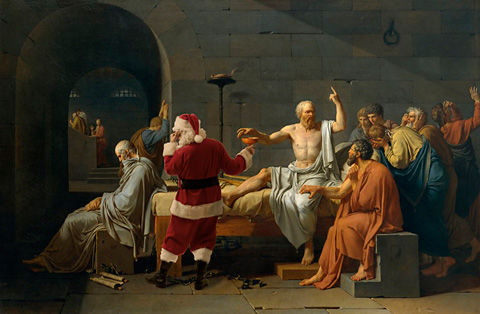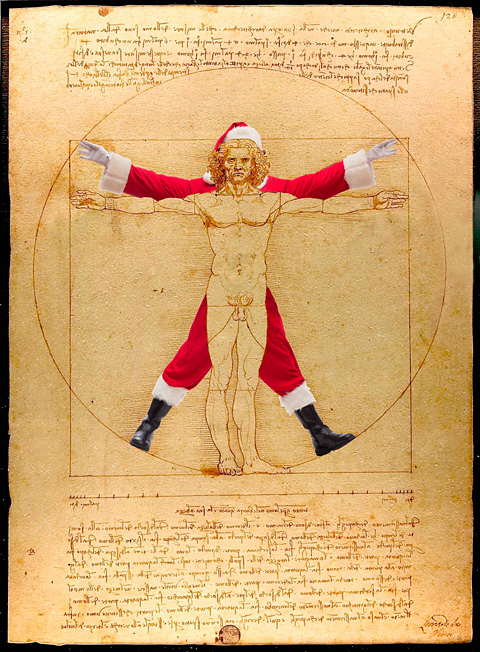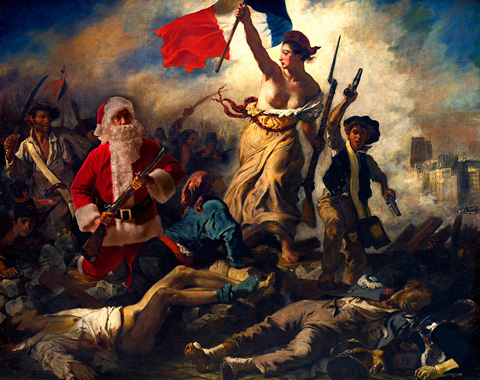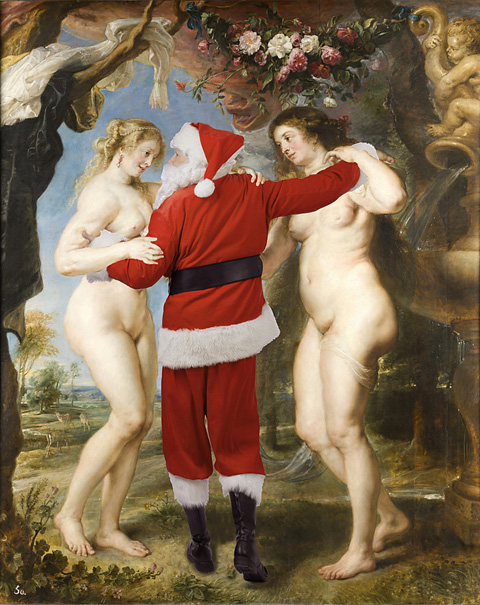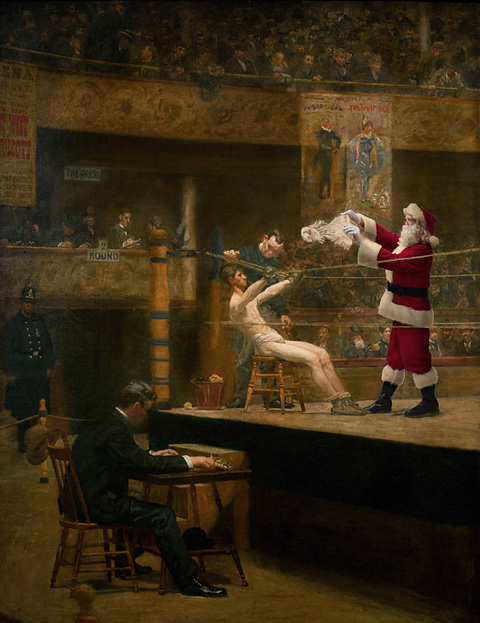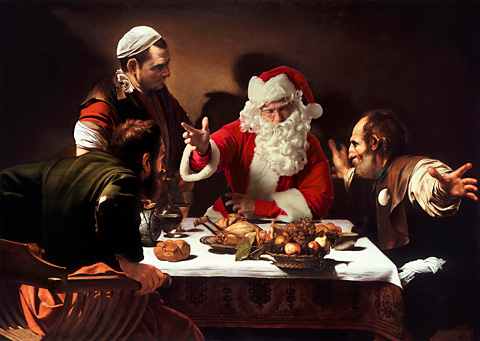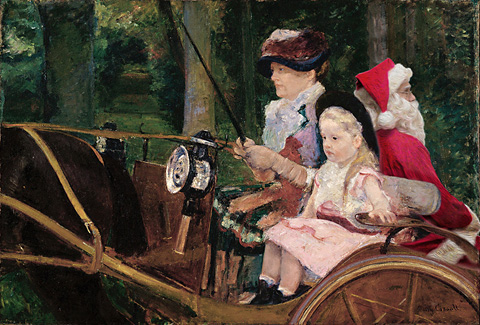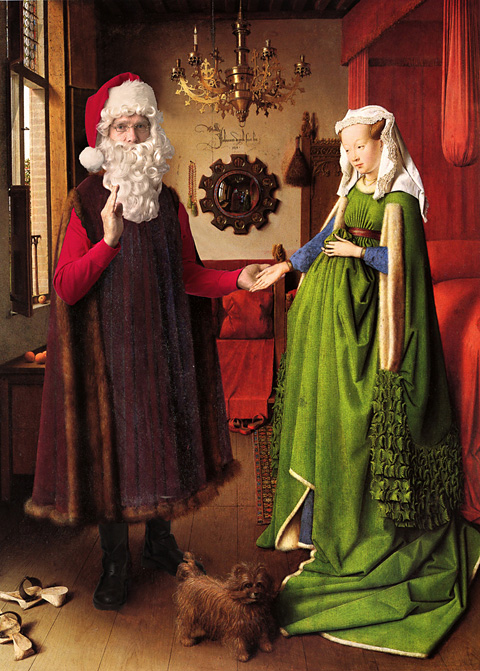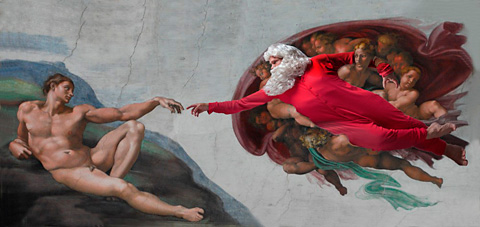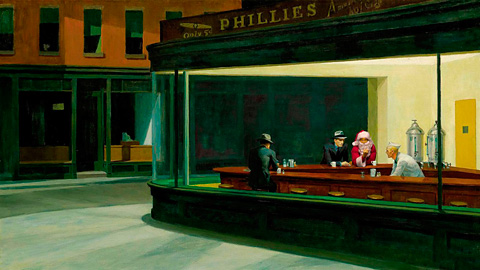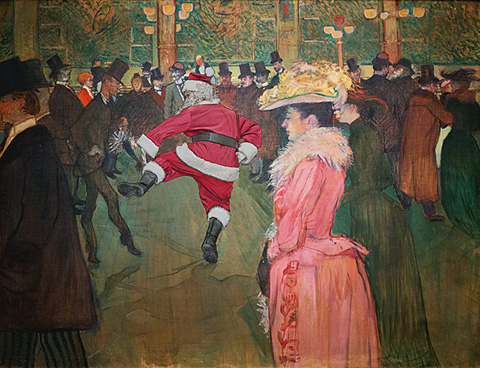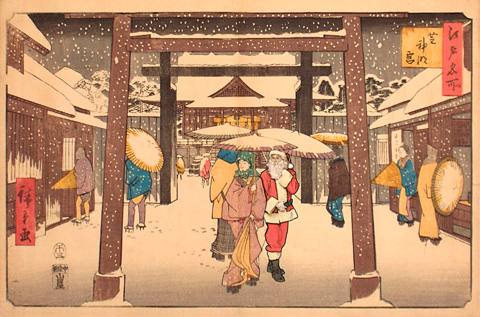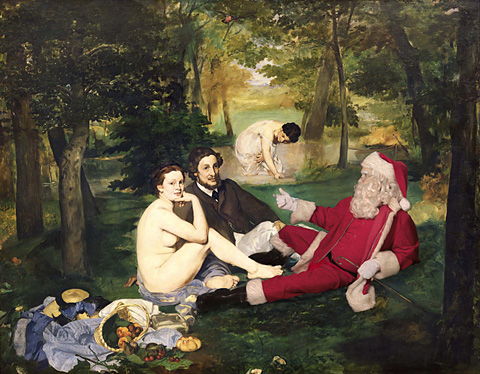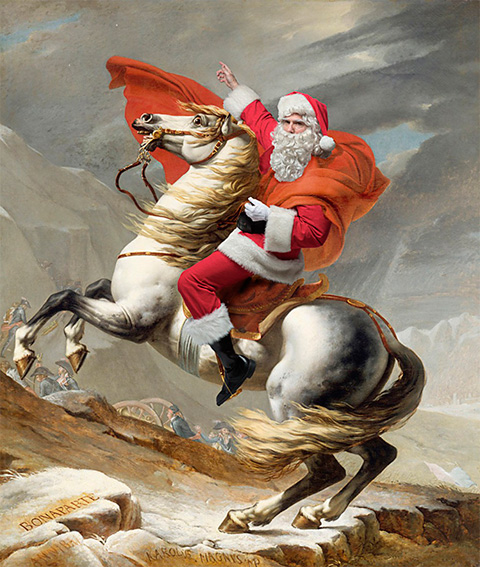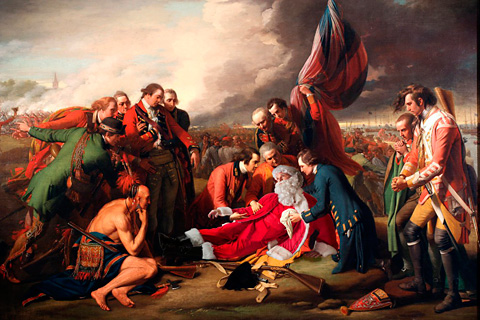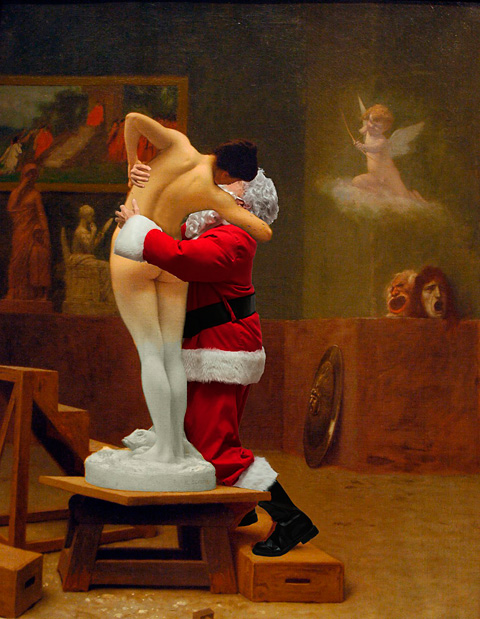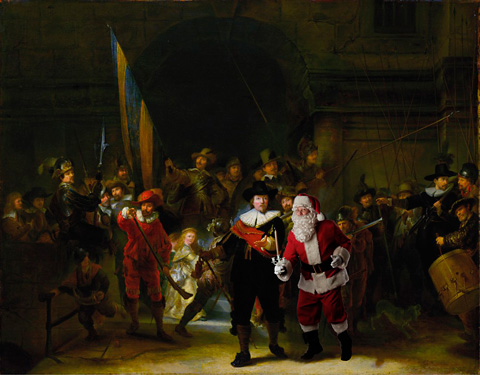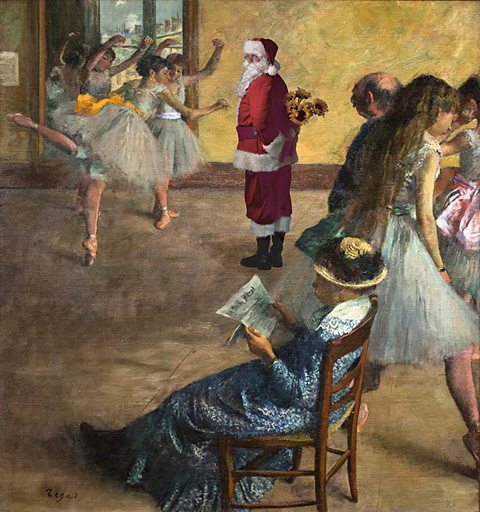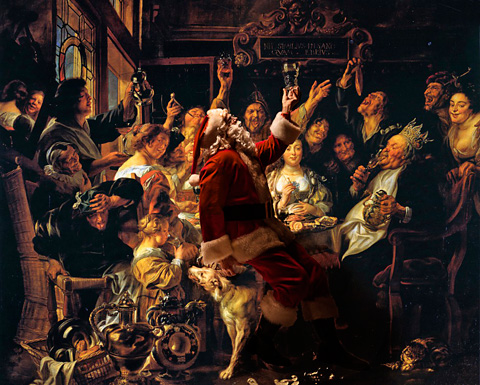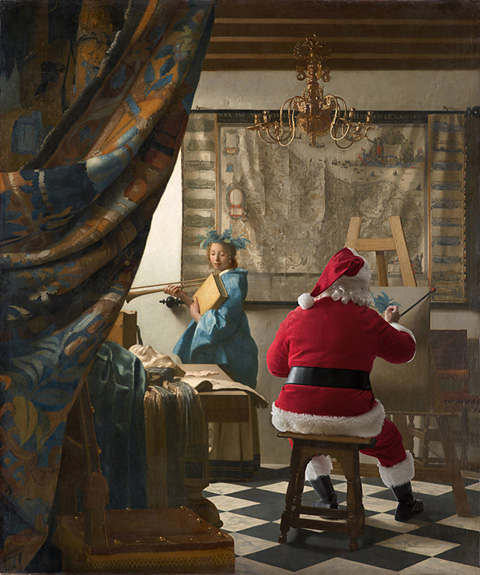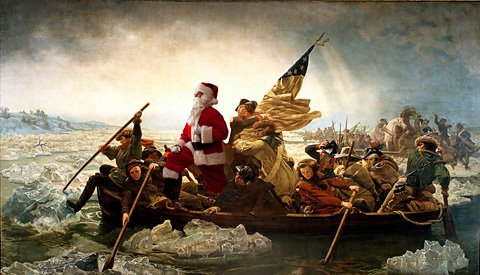|
|
|||||||||||||||||||||||||||
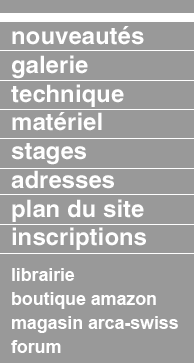
photographer
|
Ed Wheeler : Santa Classics
Ed, how did you come to photography? My mother went to art school and my father, who loved photography, built a darkroom in our home. In 1965, I got a Konica Auto S2 rangefinder camera for my birthday. I joined the camera club at my high school, I took photos for the school newspaper and worked in the darkroom. In college I studied business instead of Photography. But soon after graduation, I bought a Nikkormat and decided I wanted to make photography my career. Since then I have worked all over the world as a location photographer for some of the biggest companies in the US.
Why this series on Santa ? Santa is a character and an icon that is cherished worldwide. His footprint transcends politics, religion or culture. He is seen everywhere, from the main street of Middle America, to the shops of Rio and London, to the malls of Singapore and Jakarta. He adorns cards and ornaments, and his recognizable red and white suit doesn’t change with fashion. We all want to believe in Santa. He makes us happy.
As a young child I was enamored with Santa, and as an adult even more so. I have always liked costumes, and when I bought myself a Santa outfit, I started doing self-portraits. I put on a big down jacket and a fake stomach to fill out the suit, with a wig and beard that always seem to itch.
What is your position with respect to painting? The intent of my derivations is to glorify, not impugn the character of the art or the artist. I love the classic paintings, and I wanted to be a part of them. From my first history of art class, I have been deeply effected by the work. My bookshelves are filled with books on painters as well as photographers. I was never good with brush and canvas, but with the advent of Photoshop I saw a way I could begin to paint.
What is the most complicated in the integration of the character? The light? The texture? There are two distinct parts to the process. The first is the in-studio photography, and the second is the digital manipulation. For the photography, the lighting is critical, especially when dealing with the chiaroscuro style of painters. But the most difficult part is body position. Puppet-warp can do a lot to correct arm or leg positions, but if a hand is turned on the wrong angle or the nose is aimed in the wrong direction, you have to start over. The phrase “artistic license” must have been coined by the masters, for no man is capable of the contortions needed to recreate the postures the artists concocted for their subjects. The arm too long, the hand too thin, the spine too serpentine, the light too multidirectional—all become apparent on close scrutiny of the canvases. In the studio these positions can be very uncomfortable to hold for a long period of time.
When it comes to the digital manipulation, getting the look and the feel of the paint is the most important. There is a huge difference in a brush stroke between Van Gogh and Michaelangelo. Brushes and filters are most important to me. I still have a lot to learn here, and I am trying new techniques in each work. I still have not found a brush that lays down paint like Van Gogh. If any one has one, I would like to know.
What is the purpose of this work for you? My goal with the Santa Classics is to stimulate a greater appreciation for art and the classic paintings of art history. I believe that the Santa Classics help children relate to the paintings. Studies show that children will remember something that is connected to something they strongly identify with. The Santa character striking silly poses will help them remember the painting. The main reason the Santa Classics are exhibited in museums and galleries during the Christmas holidays is because it draws the whole family. Museums need to cultivate the interest of children, so that they will remain passionate patrons throughout life.
Is your character a kind of measure of common sense, which plays on the seriousness of painting? If anything my character is a measure of humor, which plays against the seriousness of the painting. Not many people can look at the Santa Classics without smiling and sometimes even a laugh. I love to watch people walk through a gallery of the Santa Classics, smiling, laughing and pointing at things for all to see.
|
||||||||||||||||||||||||||
|
dernière modification de cet article : 2018
|
|||||||||||||||||||||||||||
|
|||||||||||||||||||||||||||



